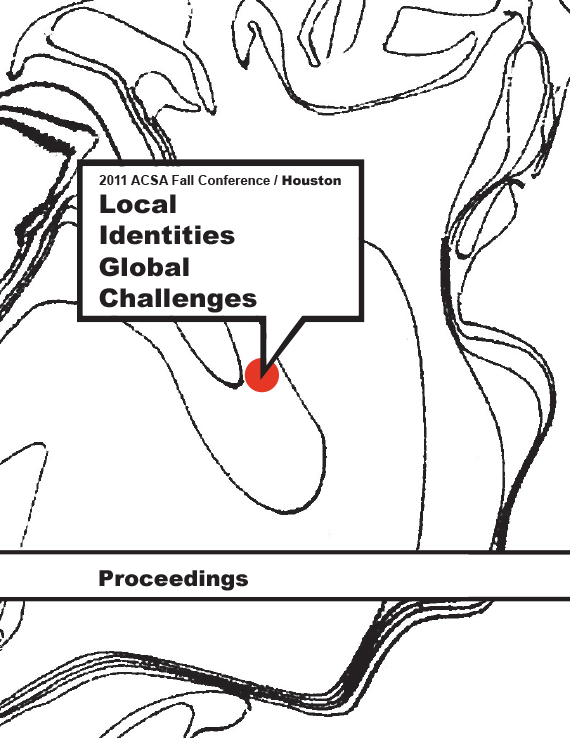Author(s): Suma Pandhi
In 2004, the government of Setagaya-ku, a prefecture of Tokyo, proposed a large-scale freeway plan that included a repairs to two train stations running through the neighborhood Shimoktazwa. “Shimokita” is home to young students, designers, and an elderly population. The area is ripe with local design production-music, manga, and fashion. Since the proposal, residents have been in an uproar; the proposed freeway destroys many of the key fashion areas of the neighborhood, the urban fabric. Officials argue, however, that the small arterial roads are unsafe during emergencies and natural disasters. The local resistance has put the project at a standstill. This design project considers how to integrate the local with the global forces within architecture and urban planning by considering the act of surgery and its applications within the field of architecture and urban planning, particularly through the device of the prosthetic, an already architecturally embedded term. So how can this new highway be considered as a prosthesis, an essentially foreign object that is physically inserted into local conditions to make a site, such as a knee replacement in the human body, perform better than it could have ever before? The prosthetic or freeway is the last resort for supporting and enhancing the local urban fabric of Shimokita. Rather than engaging the prosthesis as a structural ally to architecture, the thesis project proposes that the juxtaposition of opposites, beginning with first the foreignness of the prosthesis and the locality of neighborhood at a larger scale, and then shifting to the smaller scale by suggesting how this built space can behave with the incorporation of a prosthesis better than it could have without it. The project accepts the government proposed freeway, but attempts to subvert its role as a megastructure within the development of two systems: 1. the existing built space 2.the freeway to relentlessly preserve and enhance the original, local street life of shimo. Four lanes run through the existing buildings (in both directions) with the unending desire to maintain the existing street section, and engage the idea of the prosthetic at a microscale. These lanes are curated under four themes: blue (as an attached mood or color to the body post surgery), dis_replaced domestic (displacing something original when a new object is introduced to an environment), groomed getaway (scents, tattoos, are attached experiences), and swollen (the physical affect of cutting and moving). These themes are not a direct one to one translation of prosthesis and architecture, but rather a suggestion for the experiences that result upon the introduction of a separate, global system that seeks to be part of a local environment system. The design project aims to challenge and explore the working method of surgery and prosthesis—calling upon both imagination and reality… by allowing Shimokita, to be even better than it was before, with a freeway, and suggesting alternative ways to practice and work spatially in the local. It advocates a current local condition that promotes healthy urban life—and should be relentlessly preserved within the global city.
Volume Editors
Ikhlas Sabouni & Jorge Vanegas

 Study Architecture
Study Architecture  ProPEL
ProPEL 
